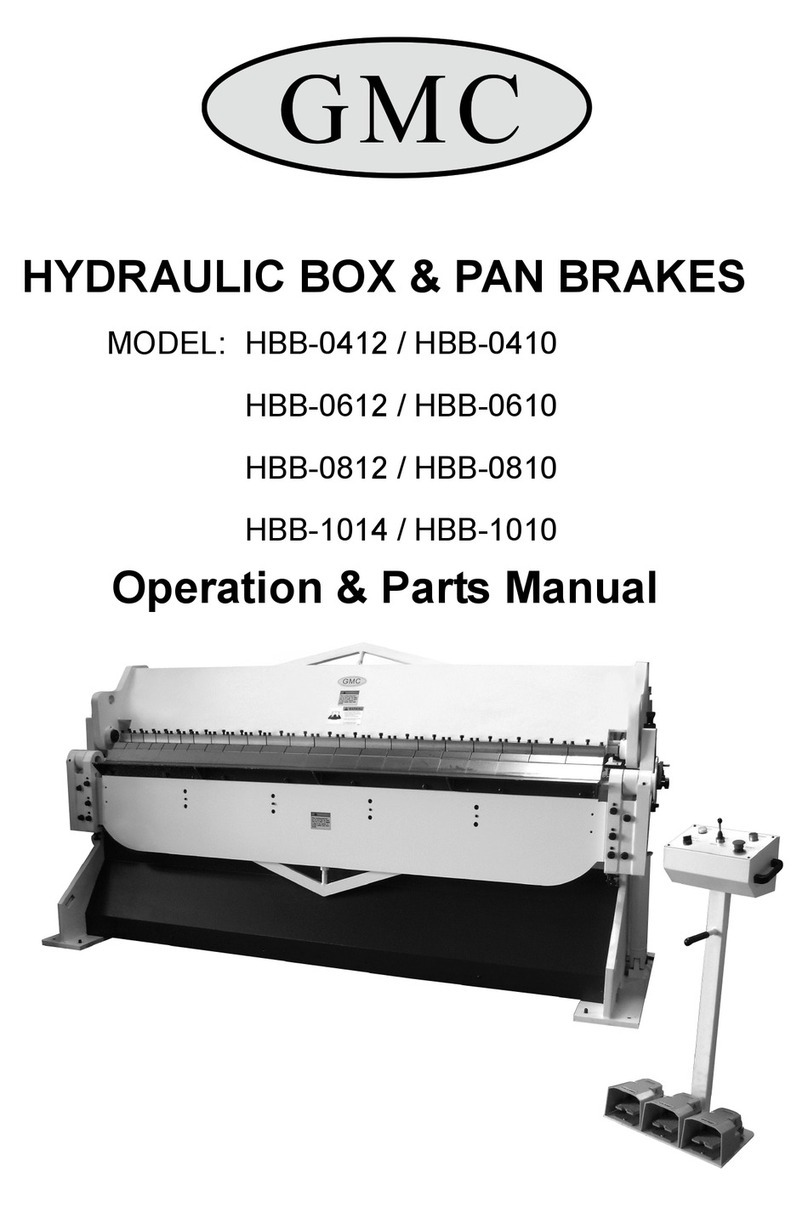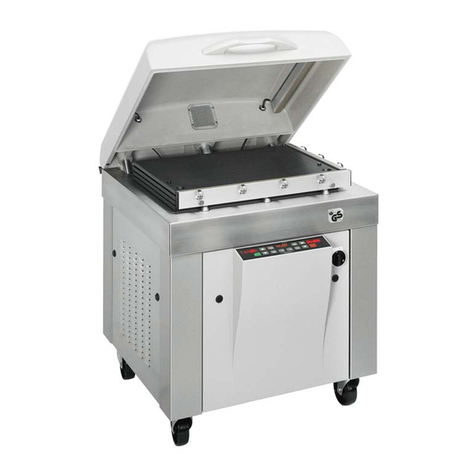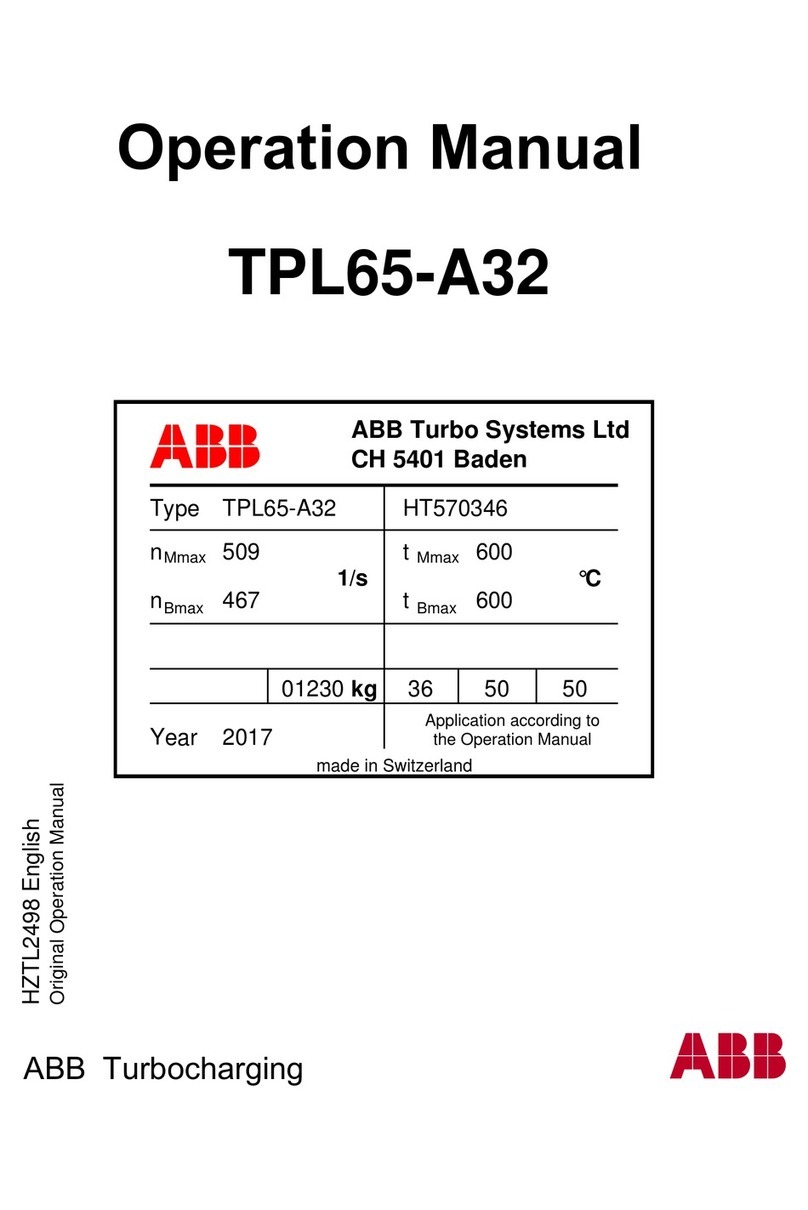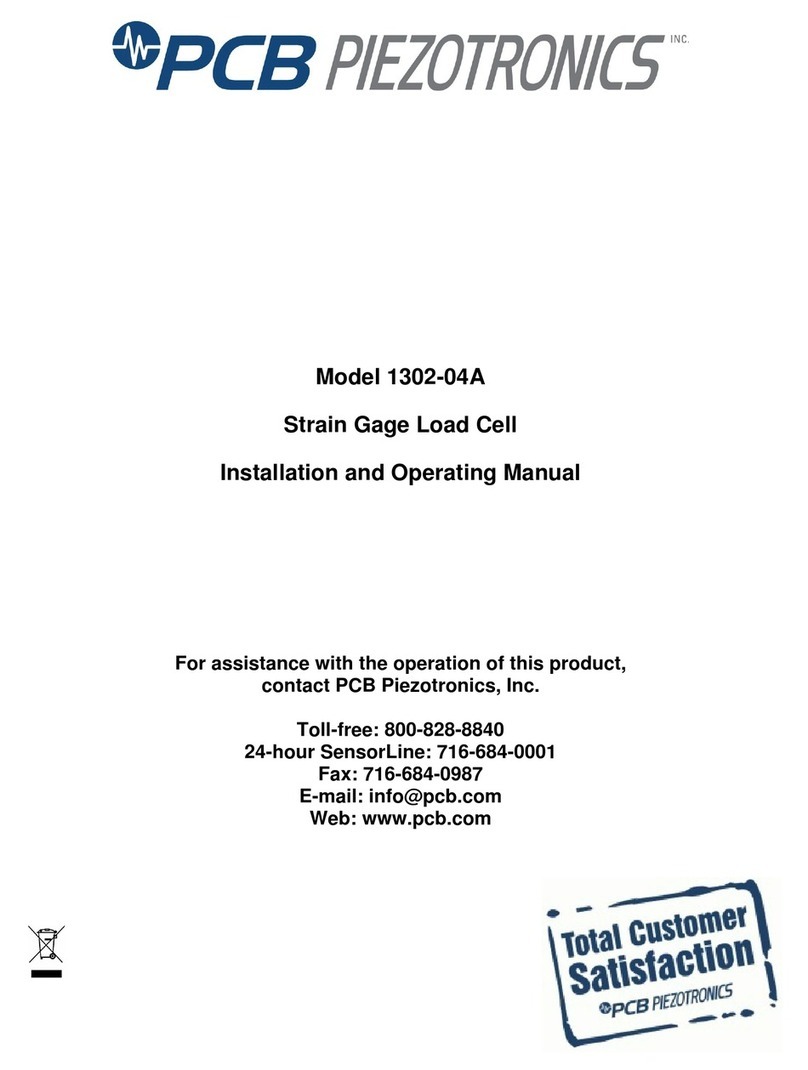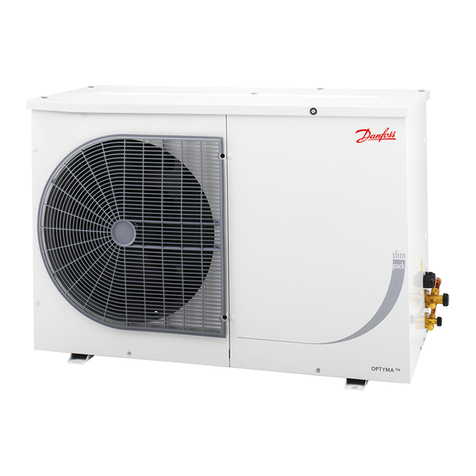Et 400 Series Manual

Erhardt + Leimer Inc.
350 Tucapau Road
Duncan, SC 29334 USA
Telephone 864/486-3000
Telefax 864/486-3011
BULLETIN 25
WEB GUIDING SYSTEMS
B-25
Rev. 1/97

NOTICE TO PERSONNEL
Safety must be a primary concern for all personnel who operate, maintain, or service any of our
machinery or its component parts.
While we have tried hard to design our equipment to be as free from hazard as we feel we can
reasonably make it, moving webs and automated equipment present safety hazards, which
cannot always be completely eliminated through design. Everyone must stay alert and exercise
constant caution in any area where the web guide and other machinery are running.
Be careful to avoid contact with the edge of the moving web
Do not allow fingers, jewelry, or clothing to get caught between the web and idler roll
Always remember to turn off or electrically disconnect the power to any machine prior to
opening any enclosures or working on it
Avoid contact with moving parts in general.
Please read this manual and become familiar with the operation and care of your guide before
using it.
Suggestions on how to further enhance safety to operating personnel are always welcome and
encouraged. If you have any questions about how to safely operate any machine, please ask
your foreman or supervisor for directions and/or a demonstration, or contact one of our offices
below.
Main office and plant
Duncan, South Carolina 864/486-3000
Canadian offices
Burlington, Ontario 905/632-8181
Montreal, Quebec 514/635-4311
Mexico office 011-52-5-55-669-3122

Bulletin 025
Web Guiding Systems
TABLE OF CONTENTS
SUBJECT PAGE
I. SECTION DESCRIPTION AND OPERATION .................................................. 1-3
ACTUATING DEVICES ....................................................................... 1
ACUTATION POWER ......................................................................... 1
WEBALIGNER POWER UNITS .......................................................... 1
SENSING DEVICES............................................................................ 2
CONTROL OPTIONS .......................................................................... 2
DETAILED DESCRIPTION AND OPERATING INFORMATION......2-3
II. SECTION INSTALLATION ...............................................................................3-4
COMPONENT INSTALLATION........................................................... 3
HYDRAULIC AND PNEUMATIC INTERCONNECTIONS................... 3
CONTROL OPTION INTERCONNECTIONS ...................................... 4
III. SECTION CHECKOUT ........................................................................................ 5
IV. SECTION OPERATING INSTRUCTIONS ........................................................... 5
V. SECTION MAINTENANCE AND REPAIR........................................................... 5
VI. SECTION TROUBLESHOOTING ...................................................................6-11

….E+L Bulletin 025, Web Guiding Systems
SECTION I: DESCRIPTION AND OPERATION
Whether simple or sophisticated, all web guiding systems contain the same basic components.
They are listed below, by category, and are described in brief detail. Today's guiding systems
find guiding components combined in many unusual and even unique ways, but they all have
the same purpose, they control the web so that the web and the process retain the right
relationship to one another.
ACTUATING DEVICES
Actuating devices are those devices, which act directly upon the web to control the web
position.
They can be traditional units such as Steering Rollers, which urge the web into the right path by
force or adaptor bases, which make it possible to move an unwind roll, a rewind roll, or a scray
so its position compensates for web wander. Or they can be modern long-correction-span
Tracking Rollers, which gently, but positively, place the web back into position with almost no
induced stress or strain by displacement.
Modern systems also find the process following the web in some cases. Examples of this are
tenter frames, trim knives, and movable coaters or trackers. In such systems, the purpose is to
chase the web rather than to reposition it.
ACTUATION POWER
A quick-acting, accurate, and controllable mechanism must be used to power the actuating
devices. For most applications, E+L uses a precision, double acting hydraulic cylinder, properly
sized for the task at hand. In other applications, an electric actuator is more suitable.
WEBALIGNER POWER UNITS
E+L uses one of a series of Web Aligner pneumatic-hydraulic power units in most of its
systems.
The power unit is much more than just an energy source, however, because it furnishes
modulated power to the actuating devices. Therefore, it is an amplifier of control signals as
well as a power source.
In addition to providing hydraulic power for the actuating system, the power unit produces
pneumatic power for the sensors. Sensor supply pressure must remain constant; the E+L
constant pressure generator produces constant pressure at a given head without the use of a
pressure regulator. Water, oil, scale and graphite contamination and other compressed air
problems are thus avoided.
1

….E+L Bulletin 025, Web Guiding Systems
SENSING DEVICES
Web guiding relies upon an integrated feedback control system; that is, the sensing device
continuously senses web location and sends appropriate corrective signals to the actuating
device. The control signal strength is dependent upon the position of the web and is, therefore,
proportional.
Traditional sensing relies on pneumatics. The edge of the web passes between two "fingers"
which contain the opposing out breathing jets of air. The position of the edge modulates the
effects of the jets on one another, causing a pressure fluctuation in the air supply of one of the
jets. It is this pressure fluctuation, which provides the corrective signal that controls the power
unit output. E+L can supply a special porous sensor, which guides on a row of holes, or one,
which senses the edge of scrim material with openings as large as half of an inch.
Photoelectric sensing is desirable in many instances where the edge is relatively unimportant to
the process, but where following a printed line or pattern is the key "edge".
Erhardt + Leimer produces a photoelectric sensing system. This system is designed so that it is
integrated with traditional pneumatic-hydraulic power and actuation devices. It can, therefore,
be retrofitted to existing systems, or combined with them to provide alternate guiding
techniques.
E+L also manufactures special sensing devices to meet the requirements of specific
applications. An example of this is the Tuft Aligner, a pneumatic sensor that is widely used in
the carpet industry. This device guides on a row of tufts on the face of the carpet. Another
example is a special electronic sensor, which senses the hidden steel outer cord in a rubber
web on a tire cord calender.
CONTROL OPTIONS
E+L provides a number of control options that provide specific "behavior" characteristics on the
web guiding system on which they are imposed. Many of these control options have been
designed to meet standard requirements in given industries. Others have been developed to
give greater versatility to systems to suit them in a wide range of applications.
All E+L control options function by controlling either the output of the hydraulic power supply or
by controlling the source, magnitude and application of the sensing signal. In some systems,
the control option functions entirely manually, that is, the operator opens and closes valves to
achieve the desired result.
In most cases, however, the sophistication of the control system requires important interlock
features difficult to achieve with a mechanical system. In such cases, the control option is
imposed by means of solenoids, and activated by selector switches, timers, and push buttons.
DETAILED DESCRITPION AND OPERATING INFORMATION
Each major component (and many significant variations) is described in detail in the following
bulletins. Refer to each of these for the information that will describe your system fully.
Because a web guiding system is complex and comprises many variables, the equipment and
its function must be explained on a component-by-component basis. Where these components
interface, that interface is defined, often in two bulletins. While this leads to some redundancy,
it also makes possible a complete set of instructions.
2

….E+L Bulletin 025, Web Guiding Systems
In other instances, notably in bulletins covering control options, you will be referred from one
bulletin to another.
In some cases, your web guiding system will be specially designed, and the accompanying
instructions will be only generally applicable. In such cases, specific details will appear on the
engineering drawings that accompany your order.
SECTION II: INSTALLATION
COMPONENT INSTALLATION
Each major component in your system is handled as a separate entity, and a suitable bulletin in
this instruction manual describes its installation. Its interrelationship with other components is
also described in the appropriate installation section. It is wise to install all components before
proceeding with any checkout procedure because most checkout procedures involve some
interaction between components. General procedures covering some key interrelationships are
also covered below.
HYDRAULIC AND PNEUMATIC INTERCONNECTIONS
The basic interconnection between power unit, pneumatic sensor, and hydraulic servo cylinder
is shown in Figure 1. Certain sensors and other servo-mechanisms may vary from this basic
scheme. Where such variance is necessary, it will be spelled out in detail in the component
bulletin.
The following rules of thumb apply to all hydraulic and pneumatic connections. Where
variances are permissible, they will be explained in the component or option bulletin.
1. Be sure the I.D.s of all hydraulic and pneumatic lines, fittings, and connectors are
clean and free from contaminants. When opening ports in any component, use care
to prevent contamination from entering.
2. Use hydraulic components designed for hydraulic systems only. Use 1/4-inch Nylon
tubing on 400B units and 3/8-inch tubing on all other sizes. Be sure the tubing is rated
for your system pressure. Do not use reinforced hydraulic hose.
3. Do not use pipe dope on fittings. Fittings are normally supplied wrapped with Teflon
pipe thread tape. If your fittings are not wrapped, wrap them with tape. Leave 1-!/2
threads clean on the inner end to avoid extrusion of tape particles into the system.
4. Be sure the tubing passes entirely through the ferrule on the fitting to insure adequate
grip on the tube.
3

….E+L Bulletin 025, Web Guiding Systems
Chasing
Applications
Guiding Applications
Figure 1. System Interconnection
5. Run all tubing so that it will not kink or be pinched during operation, and so that it will
not become entangled in the web or protrude into adjacent aisles. Pneumatic Tygon
tubing must be run in gentle curves; kinks and sharp bends will degrade the accuracy
of the sensing signal.
6. Pneumatic tubing should not exceed 8-10 feet in length or system performance will
suffer.
7. If double pneumatic tubing is used, slit the connecting rib far enough to spread the
hoses sufficiently to fit over pneumatic fittings without inducing kinks or sharp bends.
A protruding rib on one of the joined, lines "identifies" the line from end to end.
8. Half-inch I.D. metal tubing may be used to replace all or part of the Tygon tubing.
Tubing bend radii should not be less than six inches nominal.
CONTROL OPTION INTERCONNECTIONS
If your system is equipped with a control option, check the enclosed 700 Series Bulletin(s) for
option installation instructions.
4

….E+L Bulletin 025, Web Guiding Systems
SECTION III: CHECKOUT
Checkout can be performed essentially on a component-by-component basis. Where system
interconnection is involved, component checkout procedures define the interrelationship
sufficiently to prove system operation. Because of the component interactions involved in a
web guiding system, it is wise to complete all installation before proceeding with checkout.
SECTION IV: OPERATING INSTRUCTIONS
Operating instructions are handled on a component-by-component basis. Where component
interaction is involved, component operating procedures, backed up by control option operating
procedures, are sufficiently detailed to insure proper system operation.
SECTION V: MAINTENANCE AND REPAIR
Maintenance and repair instructions are handled on a component-by-component basis.
Components comprising control options are covered in the applicable control option bulletin.
5

….E+L Bulletin 025, Web Guiding Systems
SECTION VI: TROUBLESHOOTING
Most problems with web guiding equipment reveal themselves as system malfunctions.
Consequently, all basic trouble-shooting is handled in the table below. Where specific
maintenance or repair procedures must be followed, reference is made to the applicable
bulletin.
In the case of specialized "system-type" equipment, namely, centerline resolving and control
options, additional trouble-shooting procedures will be found in the applicable bulletin. Those
trouble-shooting procedures pertain only to the equipment covered by the specific bulletin.
SYMPTOM CAUSES ISOLATING PROCEDURE REPAIR PROCEDURE
Power unit will not
start
No power to
motor
Check continuity on power
leads before starter
Connect power
Heater trip Visually inspect Reset heater and
determine cause
Contactors do
not close
Visually inspect: if physically
malfunctioning, then…
If no apparent malfunction,
then…
replace contactors
replace coil
Blown capacitor Check continuity to ground
before and after capacitor
Replace capacitor
Open or
shorted motor
winding
Check continuity at motor Replace or repair motor;
see Bulletin No. 100
Power unit cycles
ON and OFF
(single phase with
internal thermal
overloads)
Motor over
heating
If motor is too hot to touch, let
it cool and try again. Check
for proper voltage.
Rewire motor to proper
voltage if necessary.
Power unit motor
shuts down
automatically (3-
phase only)
Motor
overheating,
causing a
heater trip
Visually inspect; check for
proper heater size
Reset heater and
determine cause; Replace
undersized heater with
one of proper size; see
Bulletin No. 100
6

….E+L Bulletin 025, Web Guiding Systems
SYMPTOM CAUSES ISOLATING PROCEDURE REPAIR PROCEDURE
Oil under power
unit
Hymod, oil
pump, or fittings
are leaking
Visually inspect unit to
determine source of oil;
Disregard Spillage
Replace leaking Hymod
or oil pump; see Bulletin
No. 100
Power unit noisy Wrong motor
voltage
Visually inspect wiring to see
that it is properly connected
for the available power
Rewire motor to proper
voltage if necessary;
Wiring diagram is beneath
connector cover or on
name plate
Blower bearing
has failed
Observe operating blower Replace blower; see
Bulletin No. 100
Timing belt
loose
Check to see if it displaces
more than ¼” with moderate
finger pressure
Reset tension; see
Bulletin No. 100
Motor pump
coupling loose
Check for wear on pump
housing
Raise and tighten per
Bulletin No. 100
Power unit
operating hot
Motor cooling
intakes clogged
Visually inspect Clean out intakes
Ambient
temperature too
high
Check to see if ambient
temperature exceeds 100º F
Reduce ambient
temperature, relocate
power unit to cooler
location, or cool unit with
a fan during operation
Low oil level Check oil level Top up as necessary
Flexible motor
pump coupling
swells
Coupling has
been soaked
with oil
Visually determine; Also
locate source of oil
Replace coupling and
eliminate oil leak; see
Bulletin No. 100
TRA or adapter
base binds
Bearing insert
has failed
Visually check to see if the
bearing cage is contacting the
support bar
Replace bearing; see
Bulletin No. 400
Bearing support
bar bent
Check with straight edge
(Arcuate bars have regular
radius in plane of travel)
Replace bar; see Bulletin
No. 400
Corner support or
rigidity fails on TRA
or adapter base
Bearing loose Visually inspect Tighten retaining bolt; If
threads are stripped,
replace bearing
Bearing support
bar loose
Visually inspect Tighten retaining bolt
7

….E+L Bulletin 025, Web Guiding Systems
SYMPTOM CAUSES ISOLATING PROCEDURE REPAIR PROCEDURE
Noisy TRA or
adapter base
Bearing insert
has failed
Check bar for rapid wear Replace bearing and
support bar; see Bulletin
No. 400
Supporting knuckle
of arcuate motion
generator becomes
loose and flops out
of position
Arcuate motion
generator cable
broken
Shut down line; Move knuckle
by hand to see if it moves
without inducing motion in
other end of unit
Repair cable
Idler bracket rocks Bracket
retaining bolt
loose
Visually inspect Tighten bolt
Oil leaking from
cylinder
Leaking seal or
pitted rod
Extend cylinder and wipe
clean; Watch for oil as rod is
moved;
Stationary leakage only
Moving leakage only
see Bulletin No. 200 for
replacement procedures
Replace seal
Replace rod
Web contains
continuous wrinkle
or appears tight on
one side of TRA
Idler roller out
of tram
Check parallelism according
to Bulletin No. 400
Retram if necessary
Wrinkle into rewind
or out of unwind on
adapter base
Not enough
span between
base idler (or
roll) and last
process idler
Visually inspect, span should
generally be at LEAST half
the web width. Less flexible
webs require more span
Span must be lengthened;
Contact your E+L
representative for further
information
Misplaced edge
sensor
Visually inspect; Sensor
should be as close as
possible to adapter base to
avoid correction lag
Relocate sensor
System controls
inaccurately by
overreacting or
overshooting
Dipstick fiber
filter soaked
with oil
Visually inspect Replace filter; see
Bulletin No. 100
Sensor too far
from guiding
device
Check relationship; Should be
much closer to moving idler
than to next fixed idler
Reposition sensor as
close as possible to
guiding device
Improperly bled
cylinder
Remove breather cap and
look for foam on top of Hymod
oil. Feel oil pressure line
(base to top of Hymod on side
away from C1 and C2 ports)
for hard, rapid vibration
Bleed cylinder according
to the instructions in
Bulletin No. 100
8

….E+L Bulletin 025, Web Guiding Systems
SYMPTOM CAUSES ISOLATING PROCEDURE REPAIR PROCEDURE
System controls
inaccurately by
overreacting or
overshooting
(continued)
Light web
material curls
under S1
pressure
Observe web edge within
sensor
Install sole plate on
sensor
Servo cylinder
mounting loose
Visually inspect Tighten retaining nuts
Cylinder
mounting too
flexible
Observe cylinder mounting for
deflection
Mounts must be
strengthened; Contact
your E+L rep.
Cylinder stroke
too short for
error present
Observe cylinder to see if
cylinder is traveling full stroke
Replace with longer-
stroke cylinder; contact
your E+L rep.
Idler Roller
bearings loose
Inspect idlers for end play Replace with new idlers or
bearings; see Bulletin
No. 500
System
undersized for
load imposed
Check tension and/or weight,
error rate, and web speed
against original design
parameters
Most systems can be
upgraded by substitution
of only components;
Contact your E+L rep.
Guiding device
moves to end of
travel and won’t
return
Valve stuck in
Hymod
Remove cap in center of
Hymod and remove magnetic
disc or plastic cap; Check
valve stem for freedom of
movement
Shock system
pneumatically according
to Step 4 of the Check-
Out Procedure in Bulletin
No. 100, then replace
Hymod
Signal hose
disconnected
Visually inspect Reconnect hose
Guiding device
won’t move or only
moves sluggishly
No or low oil in
Hymod
Check level with dipstick Fill or top up according to
Bulletin No. 100
Control option
lock valves
closed
Refer to appropriate 700
series bulletins for control
option troubleshooting
Signal lines too
long or pinched
Visually inspect; Lines should
be 8 feet long
Short lines (12 feet
absolute max.); If this
cannot be done, contact
E+L
9

….E+L Bulletin 025, Web Guiding Systems
SYMPTOM CAUSES ISOLATING PROCEDURE REPAIR PROCEDURE
Guiding device
won’t move or only
moves sluggishly
(continued)
10 Micron outlet
filter clogged
Loosen oil fittings slightly on
top of Hymod and watch for
oil leakage; No oil clogged
filter
Replace Hymod; see
Bulletin No. 100
Guiding device
drifts in one
direction
No or low oil in
Hymod
Check level with dipstick Fill or top up according to
Bulletin No. 100
Pump inlet
strainer clogged
Listen for signs of cavitation,
such as noise, vibration, relief
Replace Hymod; see
Bulletin No. 100
Oil pump shaft
is binding
Following pump repair
procedure in Bulletin No.
100, disassemble pump far
enough to determine if pump
is free turning
Replace pump and
inspect spider for wear or
damage
Guiding device
moves fast in one
direction and slow
in the other
S1 signal line
cut or
disconnected
Visually inspect Replace or connect line
S1 sensor
orifice clogged
Visually inspect Clean orifice
Blower filter
clogged
Remove belt guard at blower
end of power unit; Visually
inspect
Clean or replace filter
Bias knob
adjustment
incorrect
(if all above are O.K.) Pop cap and adjust
knurled knob slowly to
even out speed
Sensor and web
move toward one
another
Standard
sensor S2
orifice clogged
Visually inspect Clean orifice
Three-leg
sensor shop air
orifice clogged
Visually inspect Clean orifice
Sensor and web
move apart
suddenly
S2 signal line
cut or
disconnected
Visually inspect Replace or connect line
Timing belt
failed OR
generator signal
hose
disconnected
Remove S1 signal line and
check for air pressure. If
none, remove belt guard on
blower end of power unit and
check belt and generator
signal line
Replace belt or reconnect
hose
10

….E+L Bulletin 025, Web Guiding Systems
11
SYMPTOM CAUSES ISOLATING PROCEDURE REPAIR PROCEDURE
Sensor and web
move apart
suddenly
(continued)
Blower filter
clogged
Remove belt guard at blower
end of power unit; Visually
inspect
Clean or replace filter
Tuft Aligner
installations:
Tuft Aligner
spring
deformed
Visually inspect spring Replace spring
System generally
unstable
Signal lines too
short or pinched
Visually inspect; Lines should
be 8 feet
Install lines of proper
length

Erhardt + Leimer Inc.
350 Tucapau Road
Duncan, SC 29334 USA
Telephone 864/486-3000
Telefax 864/486-3011
BULLETIN 100
WEBALIGNER 400 SERIES POWER UNIT
B-100
Rev. 1/97

NOTICE TO PERSONNEL
Safety must be a primary concern for all personnel who operate, maintain, or service any of our
machinery or its component parts.
While we have tried hard to design our equipment to be as free from hazard as we feel we can
reasonably make it, moving webs and automated equipment present safety hazards, which
cannot always be completely eliminated through design. Everyone must stay alert and exercise
constant caution in any area where the web guide and other machinery are running.
Be careful to avoid contact with the edge of the moving web
Do not allow fingers, jewelry, or clothing to get caught between the web and idler roll
Always remember to turn off or electrically disconnect the power to any machine prior to
opening any enclosures or working on it
Avoid contact with moving parts in general.
Please read this manual and become familiar with the operation and care of your guide before
using it.
Suggestions on how to further enhance safety to operating personnel are always welcome and
encouraged. If you have any questions about how to safely operate any machine, please ask
your foreman or supervisor for directions and/or a demonstration, or contact one of our offices
below.
Main office and plant
Duncan, South Carolina 864/486-3000
Canadian offices
Burlington, Ontario 905/632-8181
Montreal, Quebec 514/635-4311
Mexico office 011-52-5-55-669-3122

Bulletin 100
WebAligner Power Unit
TABLE OF CONTENTS
SUBJECT PAGE
I. SECTION DESCRIPTION AND OPERATION .................................................. 1-3
DESCRIPTION .................................................................................... 1
OPERATION........................................................................................ 2
CONTROL OPTIONS .......................................................................... 3
II. SECTION INSTALLATION ...............................................................................5-9
HANDLING .......................................................................................... 5
MOUNTING LOCATION...................................................................... 5
CLEARANCES .................................................................................... 5
ATTACHMENT .................................................................................... 6
CONTROL AND DETECTOR OPTIONS............................................. 6
POWER CONNECTION ...................................................................... 7
General Instructions.................................................................... 7
Motor Rotation ............................................................................ 7
Single Phase Units ..................................................................... 7
Three Phase Units ...................................................................... 7
Starters ....................................................................................... 8
HYDRAULIC CONNECTION............................................................... 8
PNEUMATIC CONNECTIONS .........................................................8-9
CONTROL OPTIONS AND DETECTOR VARIATIONS...................... 9
III. SECTION CHECKOUT .................................................................................10-11
IV. SECTION OPERATING INSTRUCTIONS ......................................................... 12
V. SECTION MAINTENANCE ...........................................................................12-13
HYDRAULIC OIL ............................................................................... 12
BREATHER/DIPSTICK...................................................................... 13
BLOWER FILTER.............................................................................. 13
GENERAL CLEANLINESS................................................................ 13
CONTROL OPTIONS ........................................................................ 13
VI. SECTION REPAIR ........................................................................................14-17
REPLACING THE HYMOD ............................................................... 14
REPLACING THE BLOWER ............................................................. 14
REPLACING THE MOTOR ASSEMBLY ........................................... 15
REPLACING THE MOTOR ............................................................... 15
REPLACING THE HYDRAULIC PUMP ASSEMBLY ...................15-16
REPLACING THE TIMING BELT ...................................................... 16
REPLACING MISCELLANEOUS PARTS ......................................... 16
CONTROL OPTION REPAIR ............................................................ 16
SPARE PARTS (Breakdown of Parts) .................................................................................. 17

Table of Figures
Figure 1. WebAligner Power Unit, 400 Series
Figure 2. Principles of Power Unit Operation
Figure 3. Installation Clearances
Figure 4. System Interconnection
Figure 5. Exploded View of Power Unit
Table of Tables
Table 1. WebAligner Power Unit, 400 Series
Table 2. Power Unit Installation Clearances
Table 3. Approved Hydraulic Fluids

….E+L Bulletin 100, WebAligner Power Units
SECTION I: DESCRIPTION AND OPERATION
DESCRIPTION
The 400 Series WebAligner is a hydraulic power unit used in web guiding systems. Because it
converts a pneumatic sensor signal directly into hydraulic output power, it acts as a pneumatic-
hydraulic transducer-amplifier. Four models of the WebAligner exist. They provide varying
working capacities and pressures to suit the needs of a wide range of applications. Specific
details of the various models are provided in Table I.
Figure 1. WebAligner Power Unit, 400 Series
1

….E+L Bulletin 100, WebAligner Power Units
The WebAligner Power unit is a self-contained device consisting of a number of integrated
modules. These modules are: an electric motor, a pneumatic constant pressure generator, a
hydraulic pump, and a hydraulic reservoir and pneumo-hydraulic servo valve. The pneumatic
circuit is protected by an intake filter. The hydraulic circuit contains a pressure relief valve and
is protected by an inlet strainer located in the reservoir. The pneumatic-hydraulic servo valve is
protected by a 10-micron filter located at the output of the pump.
OPERATION
The 400 Series WebAligner operates in conjunction with a pneumatic (fluidic) edge detector or
similar device (described elsewhere in this instruction manual), which provides a proportional
signal that varies in the range of 0.5 to 4.5 inches of water pressure. Signal pressure is varied
by the position of the web being guided. The power unit operates in conjunction with a
hydraulic servo-cylinder or servo-motor, which in turn, actuates the guiding device to position
the web correctly.
TABLE I. WEBALIGNER POWER UNIT, 400 SERIES
Characteristic 400- B 400-BM 400-BH 400-BHX
Weight (Pounds) * 80 80 110 110
Length (Inches) 17 ¼ 17 ¼ 22 22
Width (Inches) 10 ¼ 10 ¼ 12 12
Height (Inches) 15 ¾ 15 ¾ 16 ¾ 16 ¾
Motor H.P. ** 1/3 ½ ¾ 1
60 Cy. RPM ** 1725 1725 1725 1725
50 Cy. RPM ** 1450 1450 1450 1450
Hydraulic Flow (GPM) 0.49 0.82 1.41 1.41
Working Pressure (PSI) 300 300 400 400
Reservoir Capacity (Qt) 5 5 20 20
*Add 10 lbs. For explosion proof version.
**Standard and explosion proof motors are available in all standard voltages in both 50
and 60 cycle versions, to suit all normally encountered U.S. and foreign installations.
2
This manual suits for next models
4
Table of contents
Popular Industrial Equipment manuals by other brands
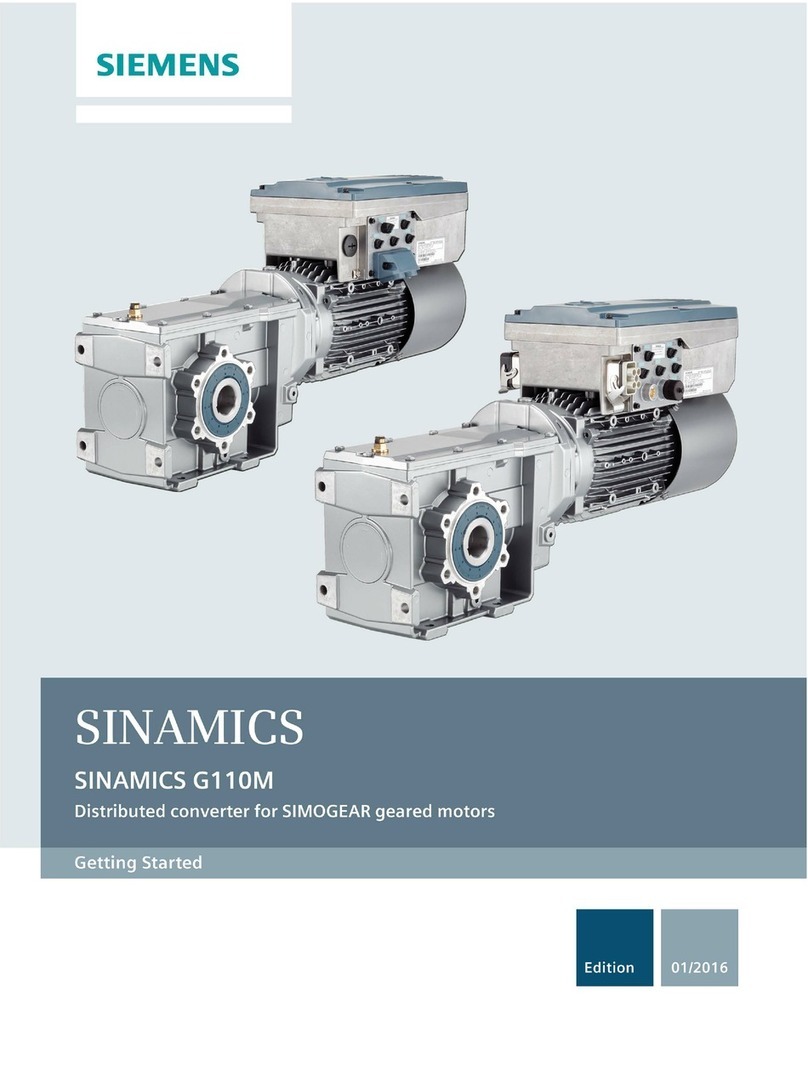
Siemens
Siemens SINAMICS G110M Getting started
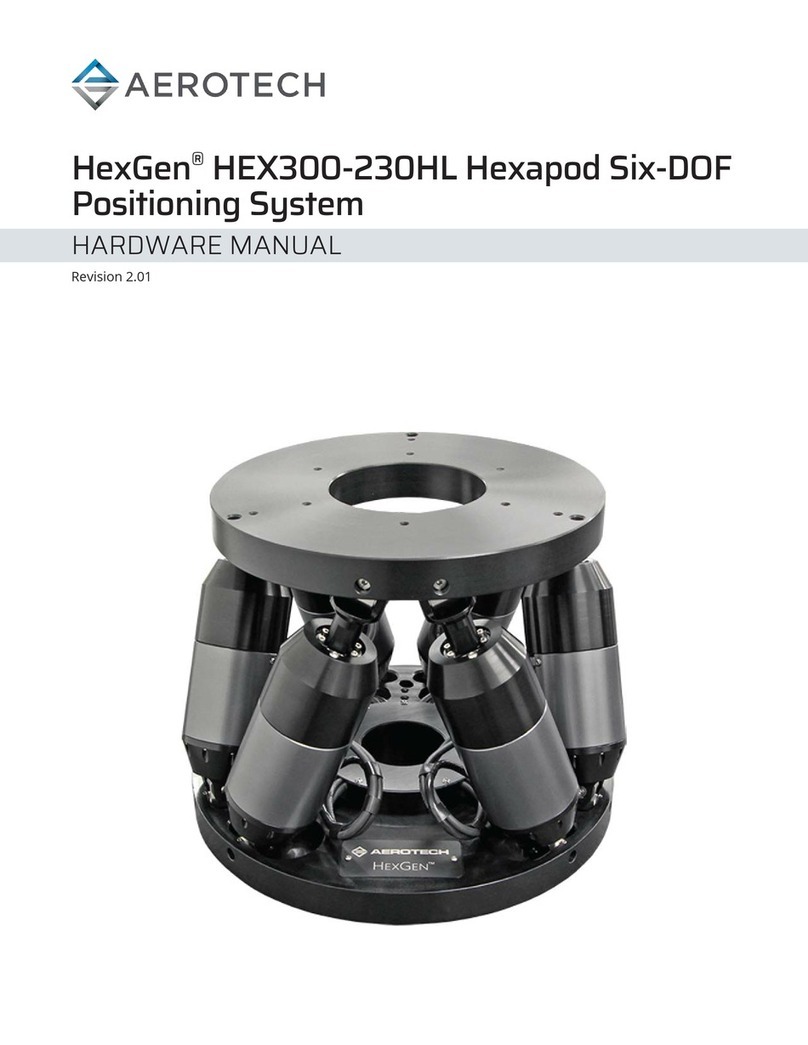
Aerotech
Aerotech HexGen HEX300-230HL Hardware manual
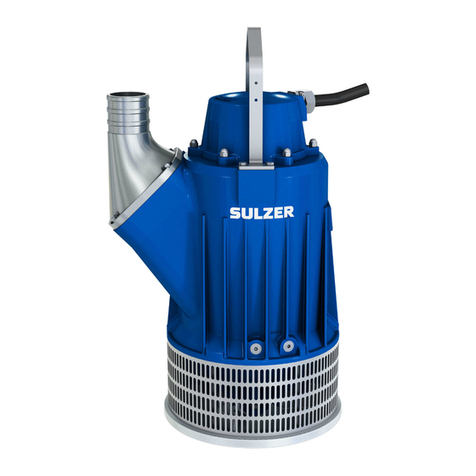
Sulzer
Sulzer J 205 Assembly and installation instruction
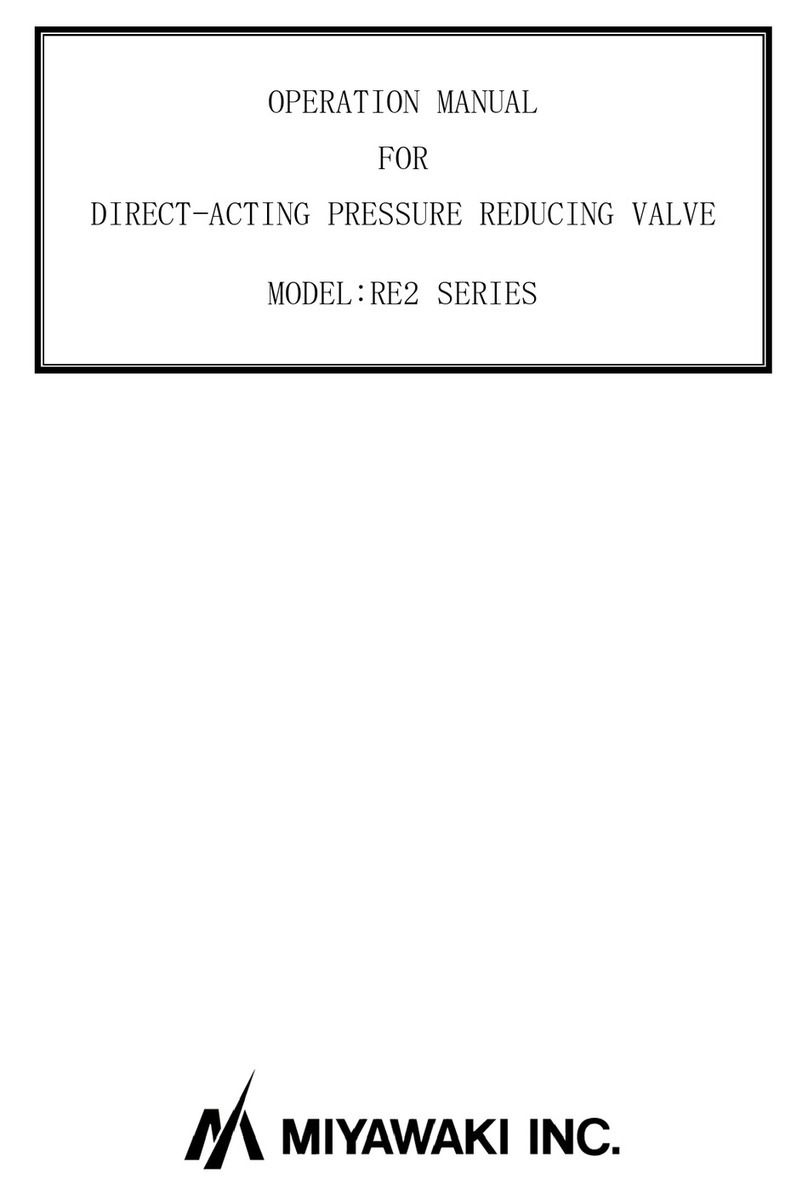
MIYAWAKI
MIYAWAKI RE2 Series Operation manual

Labconco
Labconco RapidVap Vacuum user manual
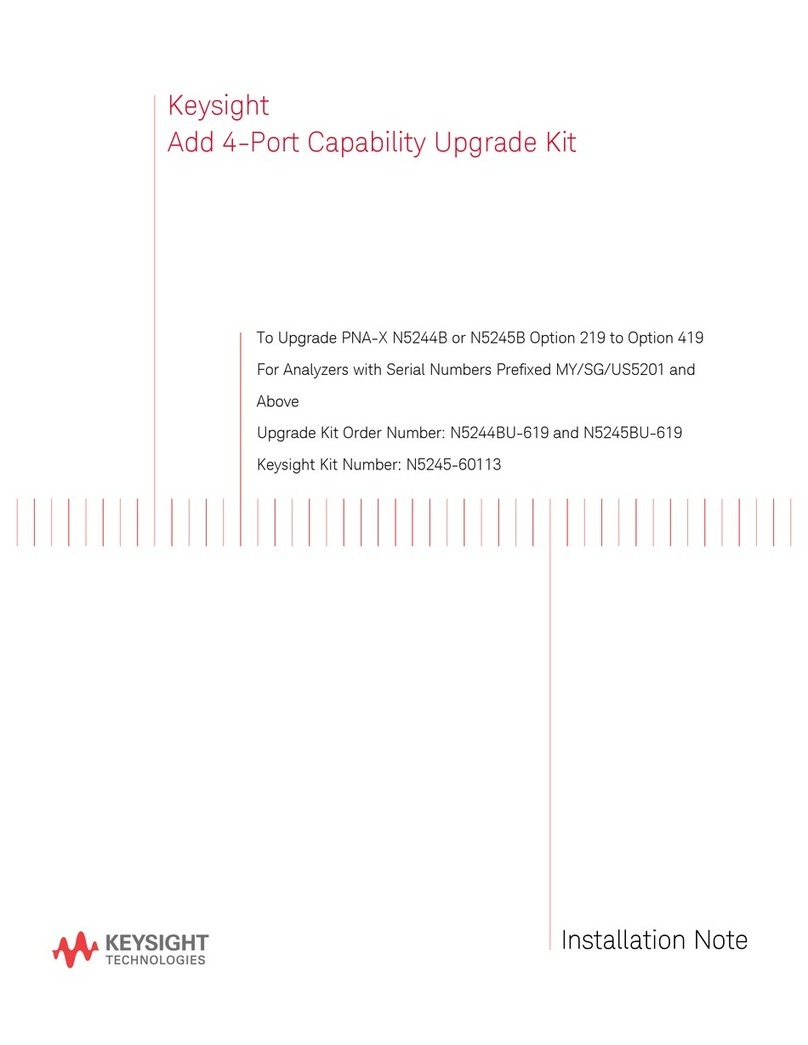
Keysight Technologies
Keysight Technologies N5245BU-619 Installation note
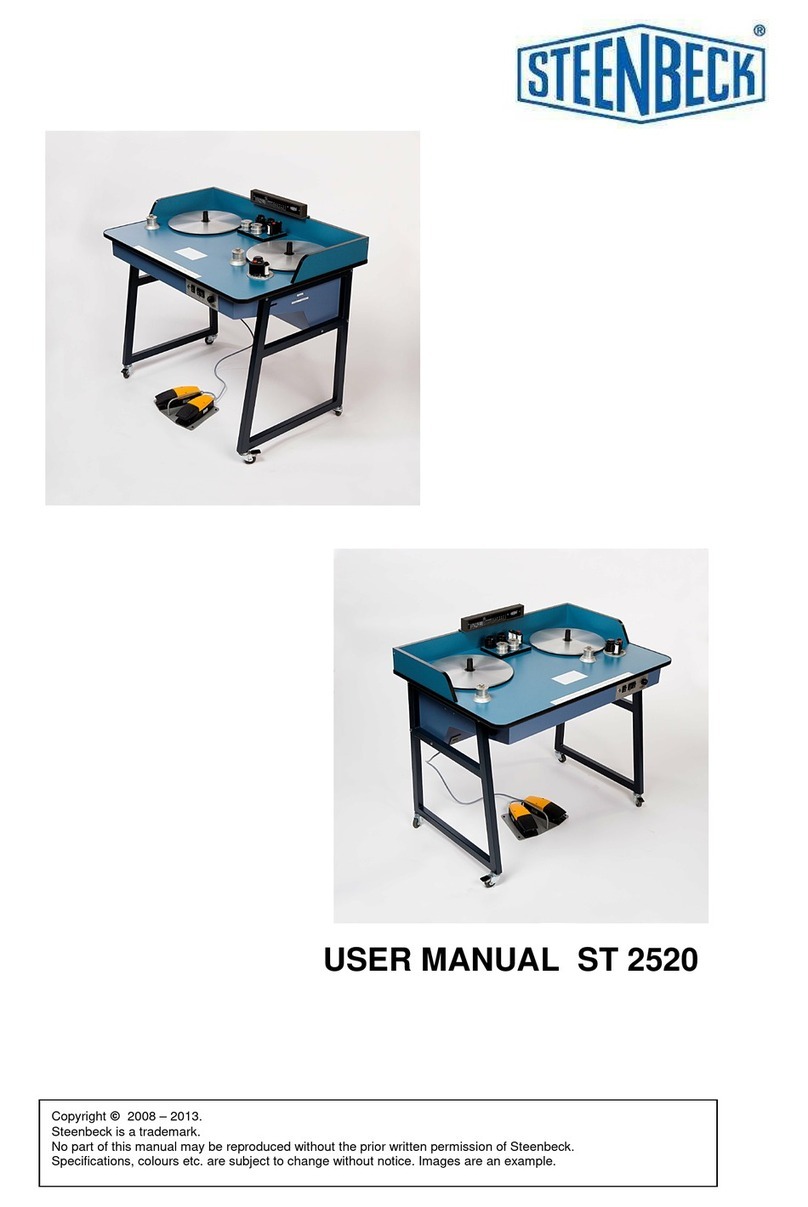
Steenbeck
Steenbeck ST 2520 user manual
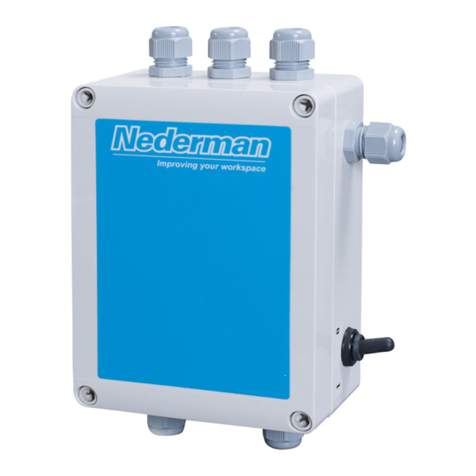
Nederman
Nederman 591 Series user manual
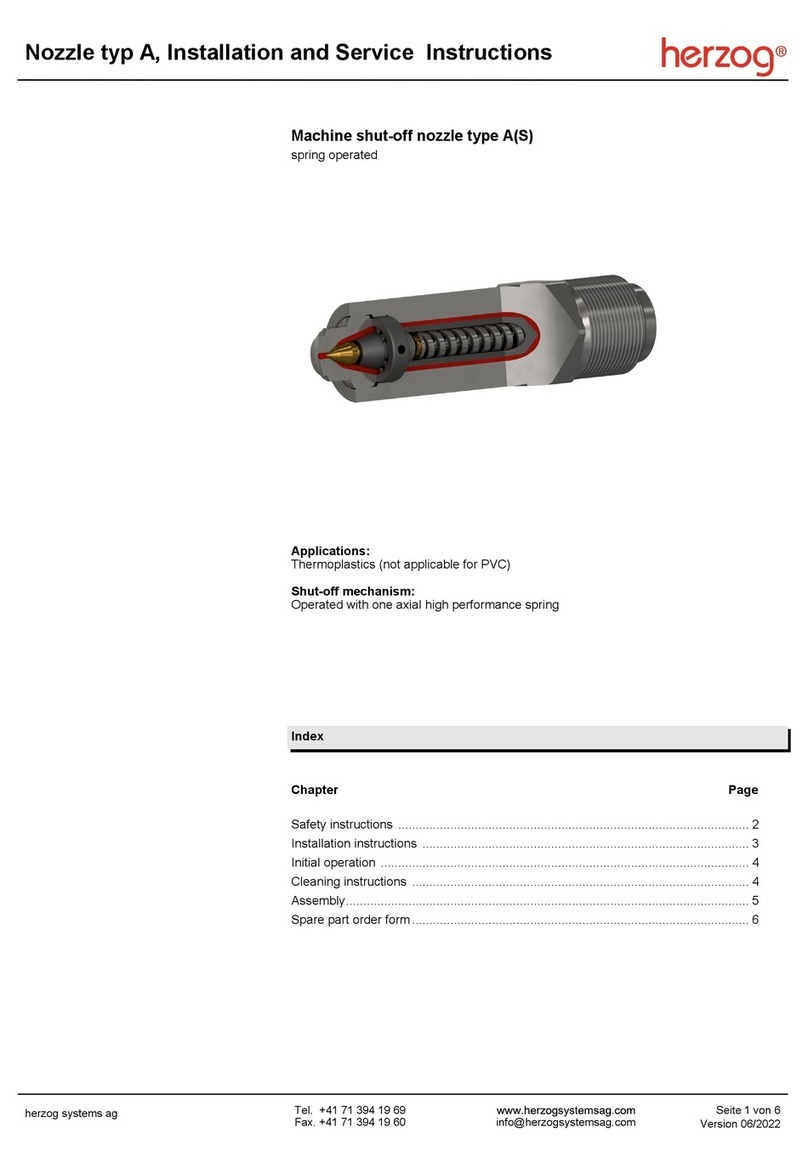
Herzog
Herzog A Series Installation and service instruction
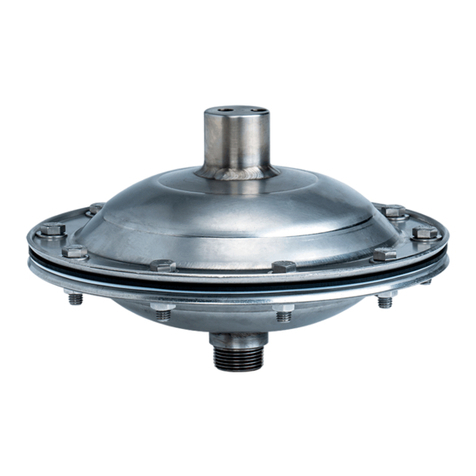
Dover
Dover WILDEN PSG Equalizer SD Series Engineering, operation & maintenance
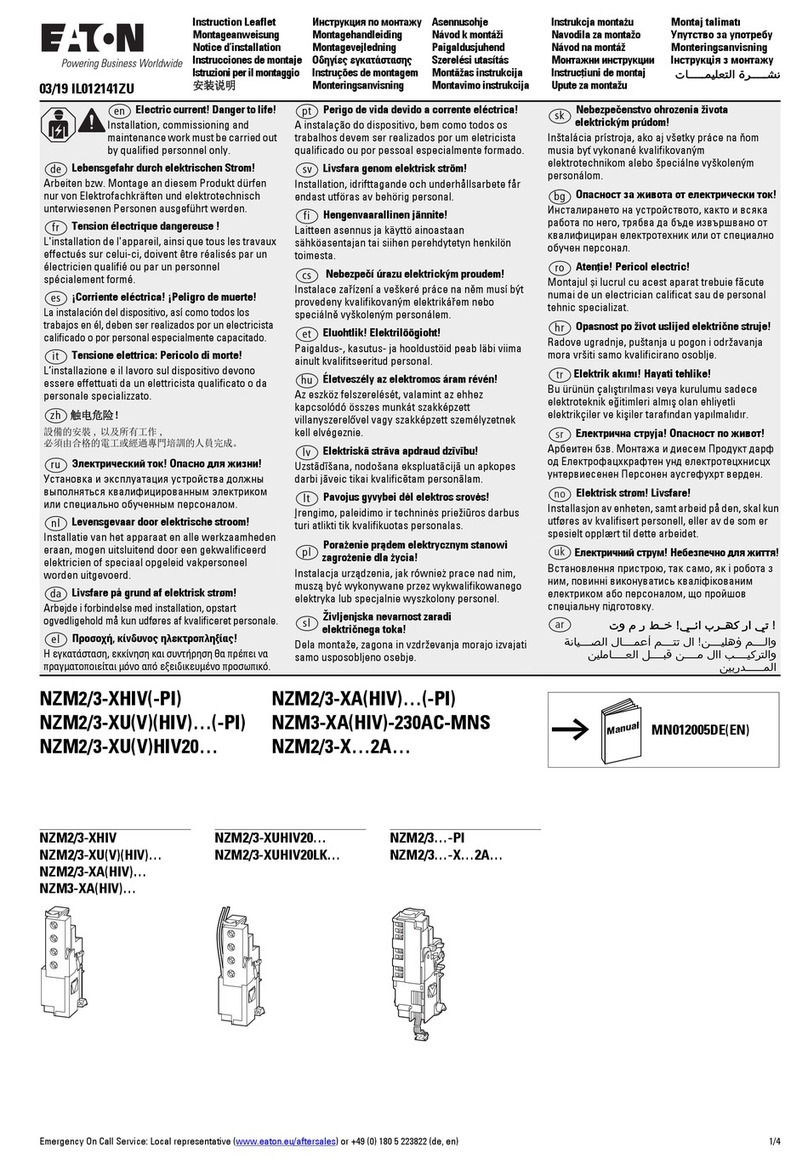
Eaton
Eaton NZM2-XUHIV20 Series Instruction leaflet
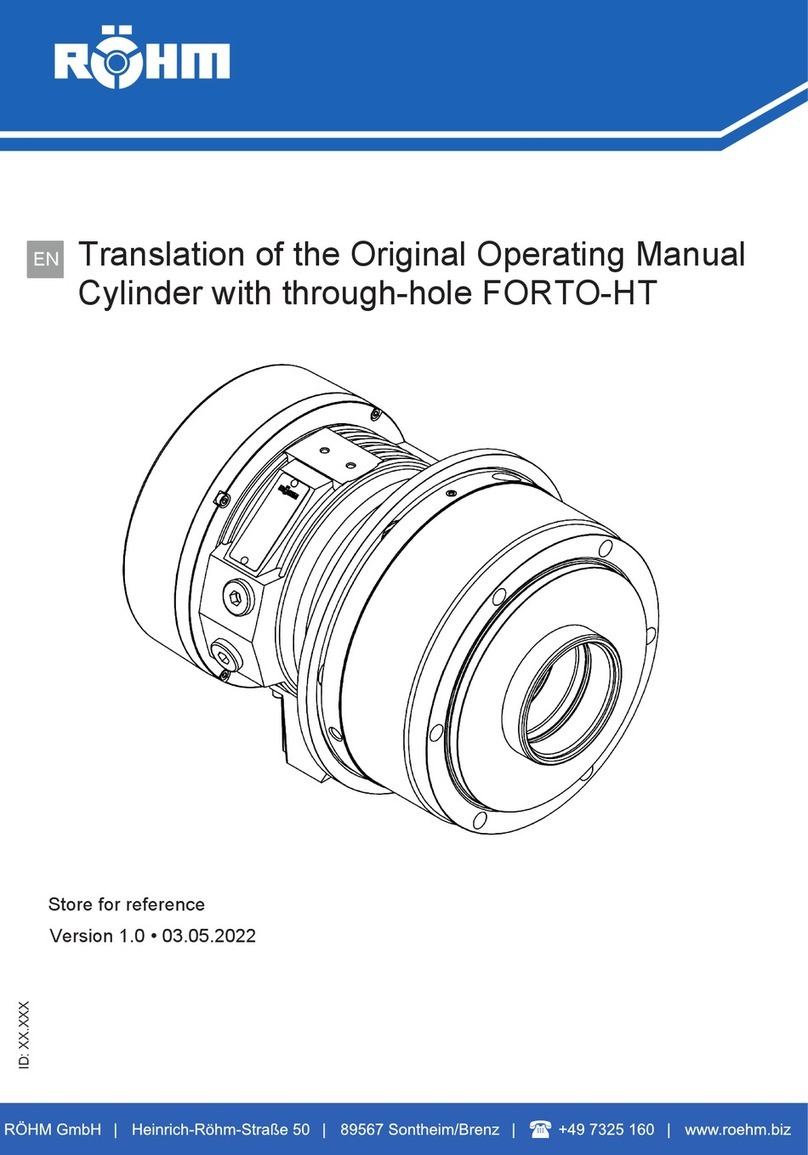
Rohm
Rohm FORTO-HT 37/70 Translation of the original operating manual
